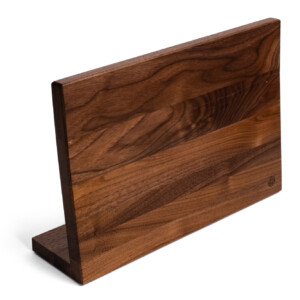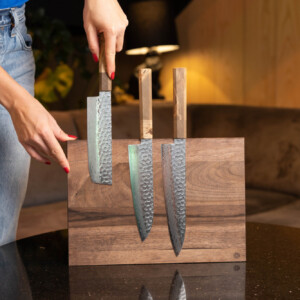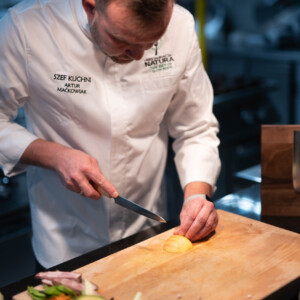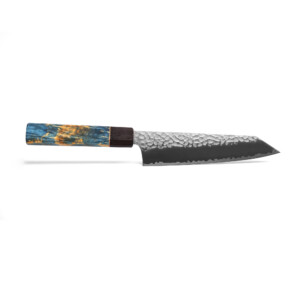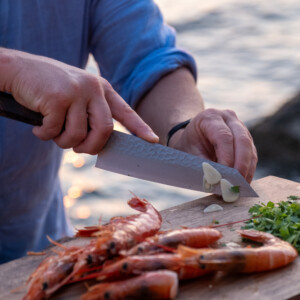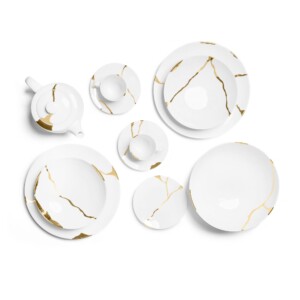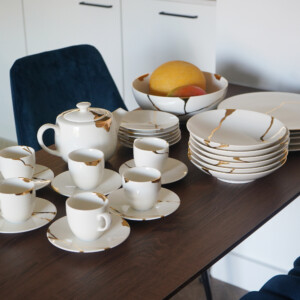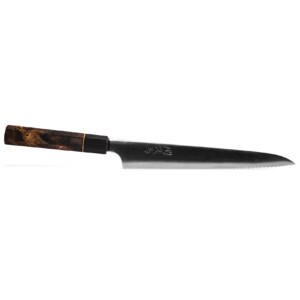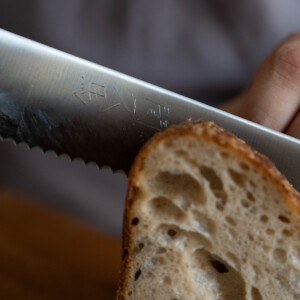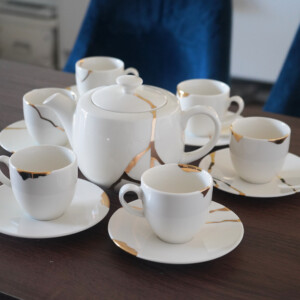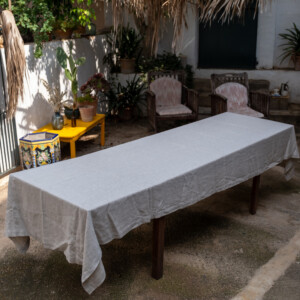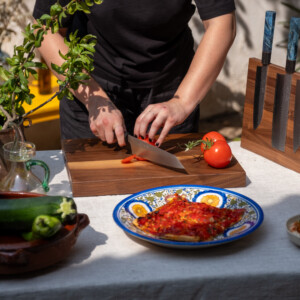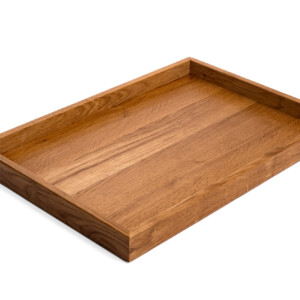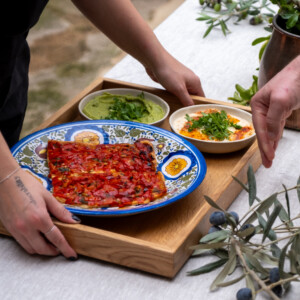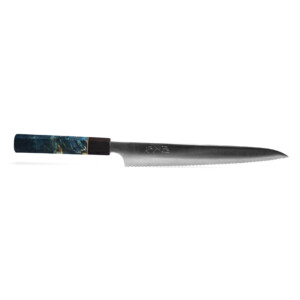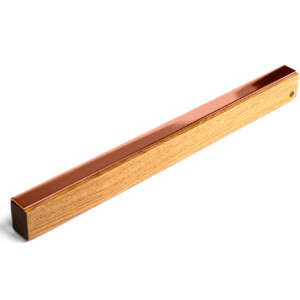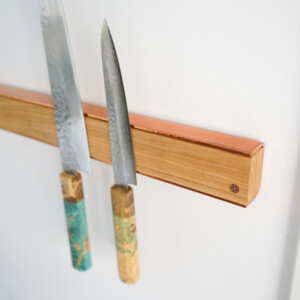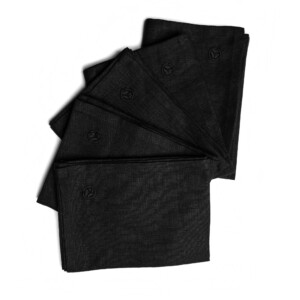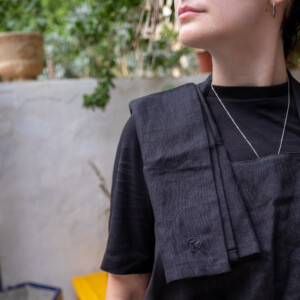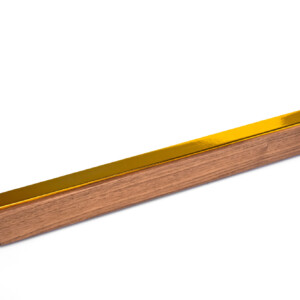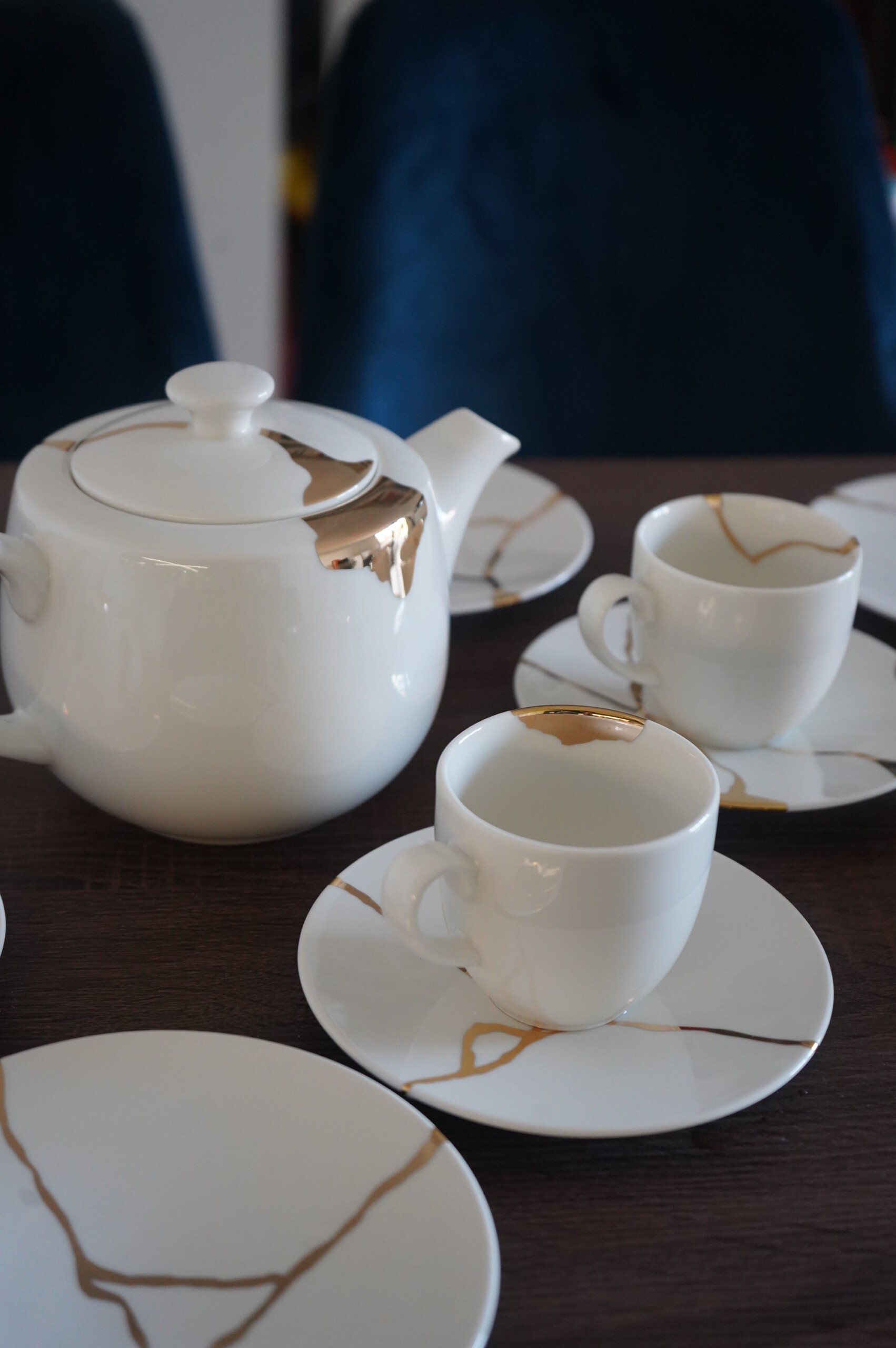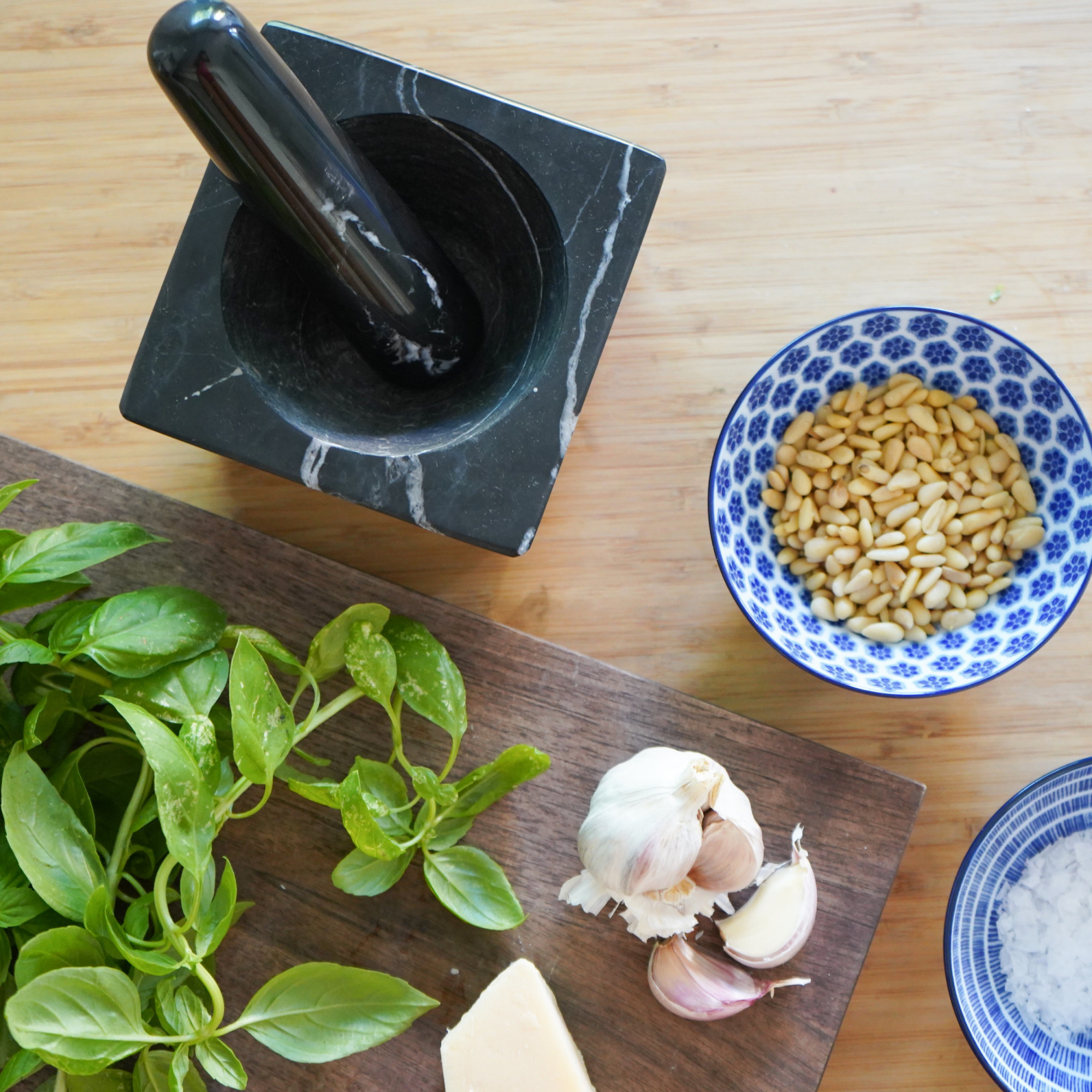If you’ve recently installed a magnetic knife rack, you’ve probably encountered a surprisingly heated debate: Should you hang your knives with the blade pointing up or down?
It’s one of those kitchen questions that seems simple but sparks passionate opinions. Food bloggers insist blade-down is safer. Professional chefs often prefer blade-up. And plenty of experienced cooks will tell you it simply doesn’t matter.
So what’s actually best? After years of crafting premium Japanese knives and observing how professionals and home cooks use them, here’s the truth: Both orientations work perfectly well, and your choice should depend on your specific knives, rack, and personal preference.
But let’s dig deeper into the real considerations that matter.
Why Many Professionals Prefer Blade Up

Walk into most professional kitchens, and you’ll notice something: knives are typically stored blade-up on magnetic strips. There’s good reason for this preference.
1. More Natural Ergonomics
When you reach for a blade-up knife, the motion is remarkably intuitive:
- Grasp the handle firmly
- Pull straight away from the wall
- The knife comes off cleanly without twisting
This pulling motion away from the magnetic surface means the blade edge naturally separates from the magnet without dragging. Your hand wraps around the handle from above or the side, and the knife comes away in one smooth, controlled motion.
Many experienced cooks find this feels more natural than the lifting motion required for blade-down storage.
2. Better Balance and Stability
Here’s something often overlooked: most knives are balanced with the weight biased slightly forward toward the blade. When hung blade-up, this weight distribution works with gravity to keep the knife firmly against the magnetic strip.
With blade-down orientation, the heavier blade end points downward, which can sometimes make knives feel less stable – particularly longer chef’s knives or heavier blades.
3. Faster Access in Busy Kitchens
In professional settings where speed matters, blade-up offers milliseconds of advantage:
- Handles are positioned for immediate grasping
- The pulling motion is faster than lifting
- Replacement is equally quick
- No adjustment needed for different knife sizes
While home cooks might not need this speed, it’s worth noting that professionals who use knives for hours daily often prefer blade-up.
4. The Edge-Dragging Concern Is Overblown
One common argument for blade-down is that it prevents edge dragging. But here’s the reality: with proper technique, neither orientation causes edge damage.
Whether blade-up or blade-down, you should always:
- Grasp the handle firmly before moving the knife
- Remove it with controlled, deliberate motion
- Never slide the blade along the magnetic surface
A properly executed blade-up removal involves pulling the entire knife away from the wall – the edge doesn’t drag any more than it would with blade-down storage.
The Case for Blade Down
That said, blade-down orientation has legitimate advantages for certain situations:
When You Have Less Experienced Users
If children, guests, or less knife-savvy household members access your kitchen, blade-down offers a passive safety advantage. Reaching up encounters the handle first rather than approaching a blade edge at eye level.
For Particularly Hard Japanese Steels
If you’re using extremely hard Japanese steels (HRC 63+) that are more prone to chipping with lateral force, and you tend to be less careful with knife removal, blade-down might offer extra insurance.
However, we’d argue that learning proper knife handling is more important than relying on storage orientation to compensate for poor technique.
Visual Preference
Some people simply prefer the cleaner look of blade-down storage, with cutting edges discretely pointed toward the floor rather than displayed prominently.
This is purely aesthetic, but aesthetics matter in kitchen design.
What Actually Matters More Than Orientation
Honestly, whether you hang blade-up or blade-down matters far less than these factors:
1. Quality of Your Magnetic Strip
A weak magnetic strip is dangerous regardless of blade orientation. Your knives should be held firmly enough that they won’t slip or fall even with moderate bumping. Invest in a strong, high-quality magnetic knife holder, whether in form of magnetic wall strip or a magnetic knife stand – this matters infinitely more than blade direction.

Our premium magnetic knife stands available in oak and american walnut.
2. Proper Mounting Height
Mount your magnetic rack at the right height:
- Optimal: 90-110cm (35-43 inches) from the floor
- Comfortable for single-handed access
- High enough to keep away from children
- Clear of counter splash zones
Poor mounting height creates awkward reaching angles that affect safety far more than blade orientation.
3. Your Removal Technique
The biggest factor in edge preservation and safety isn’t blade direction – it’s whether you:
- Grasp the handle firmly before attempting removal
- Remove with controlled, deliberate motion (not yanking or sliding)
- Space knives adequately (5-7cm between handles minimum)
- Never rush when handling sharp knives
Good technique with blade-up storage beats careless technique with blade-down storage every single time.
4. Consistent Sharpening and Maintenance
Your knife’s edge will dull from cutting boards, not from properly executed removal from a magnetic strip (regardless of orientation). Regular sharpening, proper cutting boards (wood or quality plastic, never glass or ceramic), and good knife skills preserve edges – not storage orientation.
Our Honest Recommendation: Choose What Works for You
At Oishya, we don’t dictate how you should use your knives. We craft them to the highest standards, and trust that you’ll develop the techniques that work best in your kitchen.
Try both orientations with your specific knives and magnetic strip. Pay attention to:
- Which feels more natural and comfortable
- Which provides better stability for your knife collection
- Which you can execute with consistent good technique
- Which you prefer aesthetically
Many professionals prefer blade-up. Many home cooks prefer blade-down. Both camps include people who’ve used knives successfully for decades.
The “right” answer is whichever orientation you’ll use properly and consistently.
Guidelines Regardless of Orientation
Whatever you choose, follow these practices:
Placement:
- Always contact the spine (back of blade) to the magnet first
- Then allow the blade side to make gentle contact
- Never slap knives onto the magnetic strip
Removal:
- Grasp the handle completely before attempting removal
- Remove with smooth, controlled motion
- Pull away from the wall (blade-up) or lift upward (blade-down)
- Never slide or drag the blade along the magnetic surface
Spacing:
- Minimum 5-7cm between knife handles
- More space for larger knives
- Never crowd the rack
Safety:
- Keep rack clear of traffic patterns where people might bump into it
- Ensure children cannot access the knives
- Check mounting security periodically
Special Considerations for Japanese Knives
For premium Japanese knives like our Sakai Kyuba and Seki Kyuba collections, the most important factor isn’t blade orientation – it’s careful handling. Japanese knives feature harder steels (HRC 60-64) and thinner edge geometry than most Western knives. This gives them superior sharpness and edge retention, but means they require slightly more mindful handling.
Whether you store these blade-up or blade-down matters far less than:
- Using proper cutting boards
- Cutting with proper technique
- Maintaining sharp edges with regular honing and sharpening
- Hand washing and drying immediately after use
Treat your Japanese knives with respect and intention, and they’ll perform beautifully regardless of storage orientation.
The Bottom Line: Technique Trumps Orientation
The great blade-up versus blade-down debate generates strong opinions, but here’s what we’ve learned after years of working with premium knives:
Proper technique matters infinitely more than blade orientation.
A skilled cook who removes knives carefully will preserve their edges with either storage method. A careless cook will damage edges regardless of how the knives are stored. Professional chefs who use blade-up storage maintain razor-sharp edges because they handle knives with intention and skill. Home cooks who prefer blade-down achieve the same results through similar care and technique.
Choose the orientation that feels most natural and safe for you, invest in a quality magnetic strip, mount it at the proper height, and develop good knife handling habits. That’s the real secret to knife care.
Ready to store your knives properly? Explore our magnetic knife racks designed specifically for Japanese knives, or browse our Japanese Knives – each one deserving of proper care and storage.
